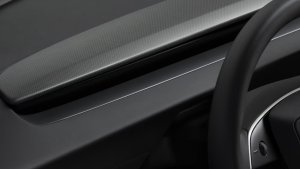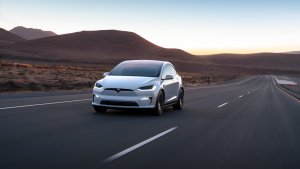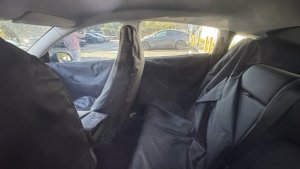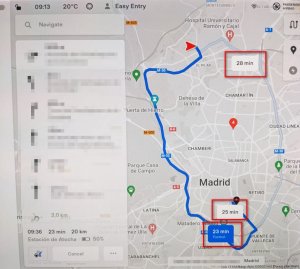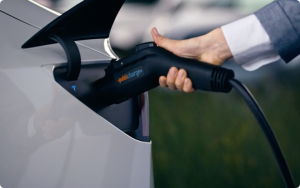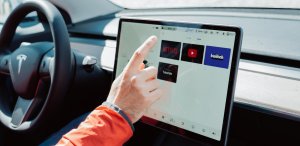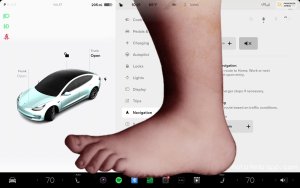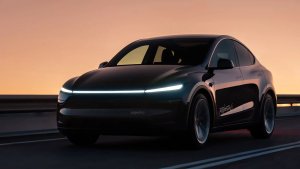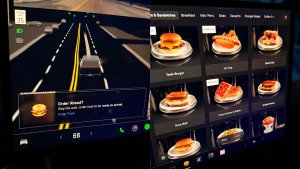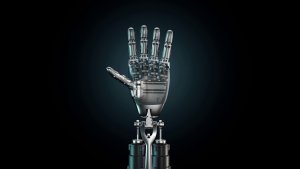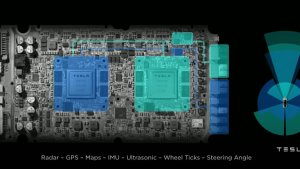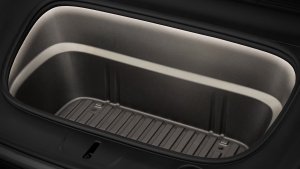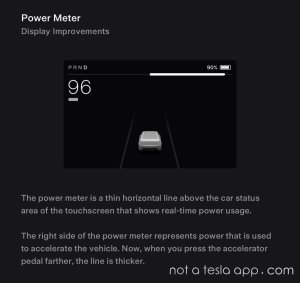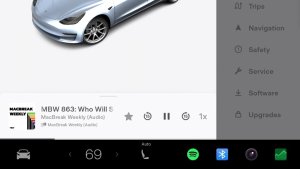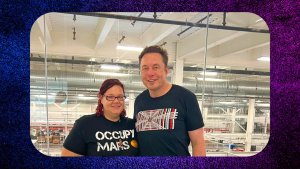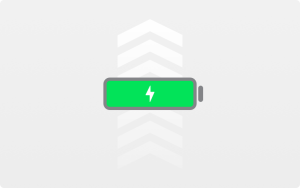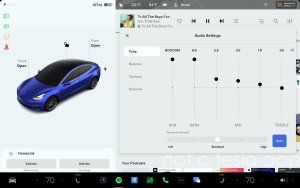Tesla’s Forgotten Market – Canada

Tesla’s primary market is North America, with China close behind. One could argue that their primary market is actually the United States – not so much all of North America.
Canada sits as the forgotten red-headed stepchild of Tesla’s North American market. Let’s shine some light on the maple leaf for a moment and see what’s missing or what they have missed out on.
Subscriptions and FSD
Subscriptions have been a big one for Canada. Only recently, in April – was Canada allowed to Subscribe to FSD for the first time. The Canadian price equivalent for FSD at the time was $18,000 CAD before tax – nearly $21,000 CAD after tax. This was after the initial $3,000 CAD price drop in 2023.
With FSD becoming a subscription, it became massively more accessible for Canadians. But Canada did get one win on that front. The price for FSD Subscription in Canada isn’t at US-price equivalent – it’s $99 CAD, which is approximately $72 USD! A small victory for not having access to FSD subscriptions since its introduction in the U.S. in 2021.
Even FSD beta itself wasn’t initially available to Canadians – despite NHTSA, USDOT, Transport Canada, and CANDOT having many of the same regulations for homologation. FSD Beta only came to Canada in 2022, a full year after the American release. Even then, access was primarily restricted to early access testers and influences. The full Canadian rollout began in late 2022.
But that’s not all. If Canadians want to use Tesla’s Premium Connectivity – for now they must still subscribe month-to-month. There is no yearly subscription (which is available in the US, with a slight discount). A small gripe, but just another odd example of the lack of standardization.
Cybertruck
Cybertruck still isn’t available to Canadian pre-order holders. Much of this has been attributed to regulatory issues in getting Cybertruck approved by Transport Canada to be on Canadian roads.
Tesla Cybertruck Program Manager Siddhant Awasthi mentioned on X that as Tesla gets confidence in estimated delivery dates to Canada, they intend to open up the configurator like they did in the US. However, he didn’t provide any estimate in terms of timelines or anything else.
We believe the delays to be regulatory – there is no regulation or standardization for vehicles with steer-by-wire in Canada. It’s worth noting that when Tesla filed its patent for steer-by-wire in the US and Canada, Canada did not begin regulatory processes to approve it. Of interest is the fact that Transport Canada has generally shown to be faster than NHTSA in approving new technologies – adaptive high beams and headlights rules have been available in Canada since early 2018.
Transport Canada vehicle approvals require hand-over-hand maneuvers, which currently isn’t available on the Cybertruck since it leverages a steer-by-wire system that automatically adjusts the steering ratio depending on speed. However, a software update could likely make it compliant in Canada, although it would lose one of the biggest advantages of a steer-by-wire system. It’s possible Transport Canada could also make an exception to changing its ruling.
Models S and X – the Luxury Tax
The Model S and X, and in the future, the Cybertruck – cost over $100,000 CAD. This means that they’re impacted by Canada’s Luxury Vehicle Tax. The luxury tax adds the lesser amount of two values, either the amount over $100,000 of the list price multiplied by 20% or the total list price multiplied by 10%.
In the case of the Long Range Model X, with no additions, this is an additional $2,000 CAD. If you were to add in FSD and a non-standard paint color, it would be $4,860 CAD. The Plaid Model X tops it off with a brutal $9,060 CAD tax on the final purchase price. This is all without changing the default seats, wheels, and yoke/steering wheel.
At one point, for a short period of three weeks, Tesla offered the Model S and Model X in a Standard Range+ package. This package was listed at just below the $100,000 mark, even if you added in a different color. Tesla then offered a post-sale software upgrade to unlock the vehicle to the regular Long Range version for any customers interested.
Once again, Canadians would love to see the SR+ variants return to Canada, even if it was just to dodge the Luxury Vehicles Tax. It’s a pretty sizeable amount for even the base Model S or Model X, and this could open up the market to people not wanting to get impacted by the tax.
Discounts and Offerings
Tesla has recently offered quite a few inventory discounts, direct price discounts, and even favorable financing for both purchases and leasing. Sadly, very few of these demand levers have been pulled in the Canadian market, leaving Canadians bewildered as to why the “Tesla North America” account on X promotes these deals.
As of the first week of June, the Tesla account started mentioning that these benefits are US-only. Sometimes inventory discounts and direct price changes do make their way to Canada, but they’re usually several weeks late, and last for only as long as the US promotion. In one specific case, a Canadian inventory price reduction lasted for under 72 hours, as the US one began nearly two weeks earlier, and ended on its third week.
We’d love to see Tesla improve its offerings in Canada – especially ensuring to match vehicle pricing changes in both markets and hopefully also begin offering favorable financing terms alongside them. Canada’s interest rates are in lockstep with the United States for the most part – so some Canadian consumers are considering EV alternatives that have been providing better financing recently.
Tesla Insurance
Just like many US states, Tesla Insurance has no presence in Canada yet. However, unlike the United States, the Tesla Insurance link in Canada just throws an error. It used to link to Aviva Insurance’s Tesla Insurance program in 2023, but that is no longer the case.
Tesla has recently made moves in the Insurance space, picking up an Ex-GEICO executive to expand and revitalize the Tesla Insurance program. Hopefully, we will see an expansion into Canada with Tesla insurance sometimes making a big difference in the total cost of the vehicle.
Powerwall 3 and Solar Roof
This one is a bit of an oddball, as we’ve reached out to a few folks in different places in Canada and received different responses. Some Canadian submarkets are receiving Powerwall 3’s for installs, but other markets are still only receiving Powerwall 2’s, including Ontario and Quebec.
We’d like to see some standardization regarding product offerings in Canada – if you want a Powerwall 2, you should be able to get one at a cheaper price than a Powerwall 3 if available – but make sure to offer the 3 when it’s available throughout the United States without restrictions.
Solar Roof is completely unavailable in Canada. It is possible to have an American installer quote you, ship the materials, and install – but it’s obscenely expensive and a regulatory hassle in comparison to just using regular solar panels.
Service Centers and Superchargers
Tesla’s expansion of Service Centers into Canada has been an ongoing issue – with many major cities being several hours away from the nearest service center. There has been a lot of progress on this front, with smaller service centers being opened around the country – but there are only two major collision centers in Canada, one in BC, and one (coming soon), in Ontario.
Given that Tesla sold 45,000 vehicles in 2022, and nearly 55,000 in 2023, and makes up nearly 75% of the EV market, they’re the largest player in the Canadian market. Of course, those numbers pale in comparison to US-sales, with annual Canadian sales accounting for a single month’s worth of sales.
The Supercharger situation is quite similar. Canada has drastically fewer Superchargers than the US – its capital, Ottawa, is serviced by just three Supercharger sites, for a population of over 1 million people. And one of these sites is a paid parking garage.
You can use the spectacular Supercharging highway that exists to get from province to province, but going places in those provinces can be fraught with difficulties. There are also vast areas of Canada that are inaccessible to Tesla vehicles not wanting to brave CCS or L2 charging – which can be sporadic and unreliable at best.
Accessing Thunder Bay, Ontario – one of the largest ports on the Great Lakes, still requires careful planning. In Alberta, the trip from Calgary to Edmonton in the winter can be difficult – the two largest cities in the province. There are still major improvements needed between major Canadian population centers before range-conscious first-time buyers take the leap into EVs.
Canada has been ignored by Tesla for some issues, with some simple offerings like FSD subscription just becoming available in 2024, while others are still completely unavailable.
We’d love to see Tesla continue to work to bring their entire suite of offerings and features to Canada in the future, as many Canadians are already loyal Tesla fans.











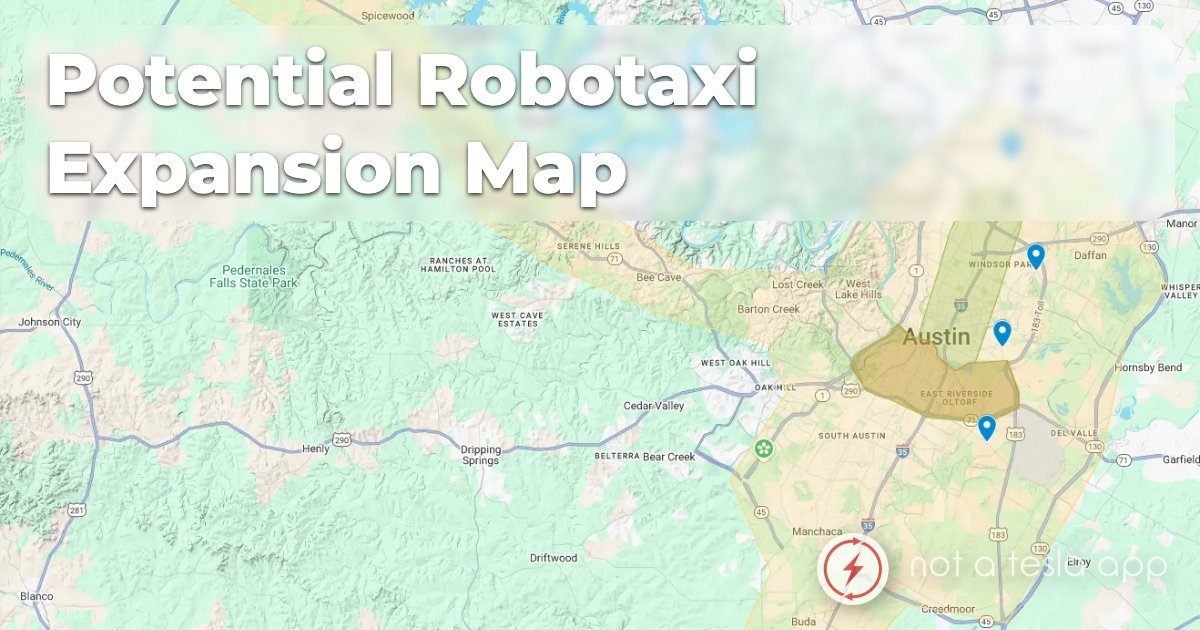
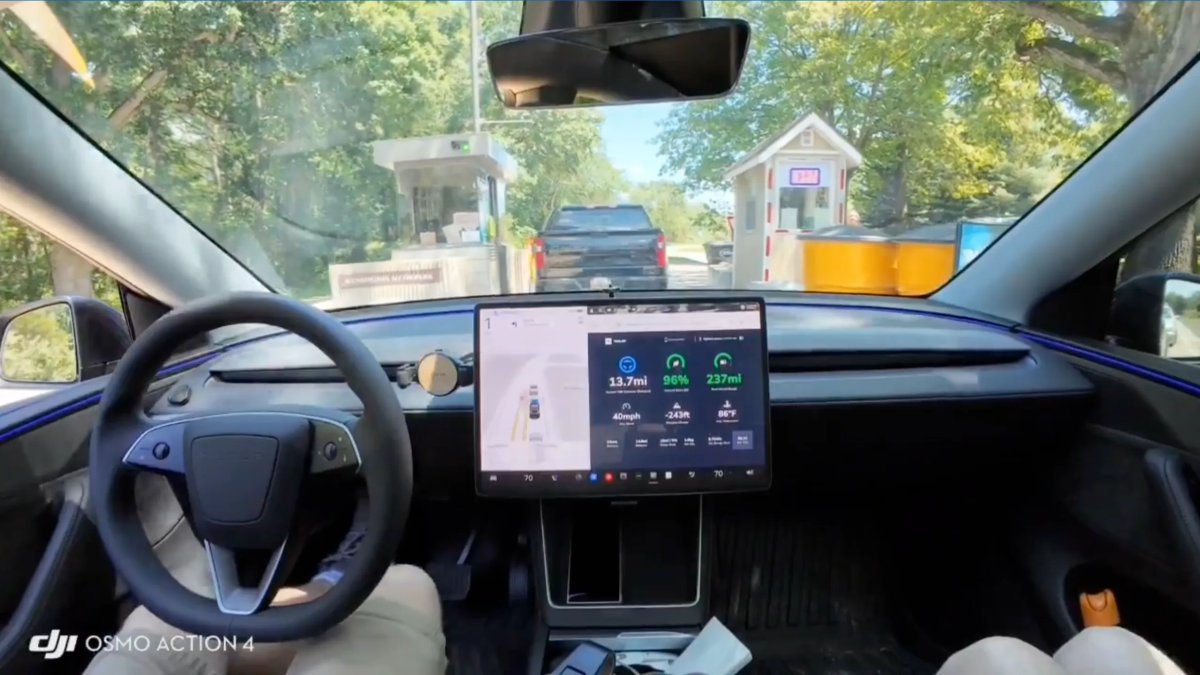

![No Driver Needed: Tesla FSD Stops at Toll, Waits for Driver to Pay and Takes Off Again [VIDEO]](https://www.notateslaapp.com/img/containers/article_images/fsd-beta/fsd-toll-booth.webp/57e008aff60c6c1e998e304eca200cda/fsd-toll-booth.jpg)
